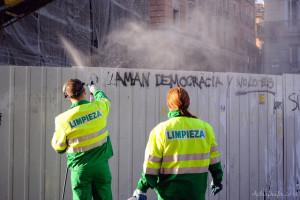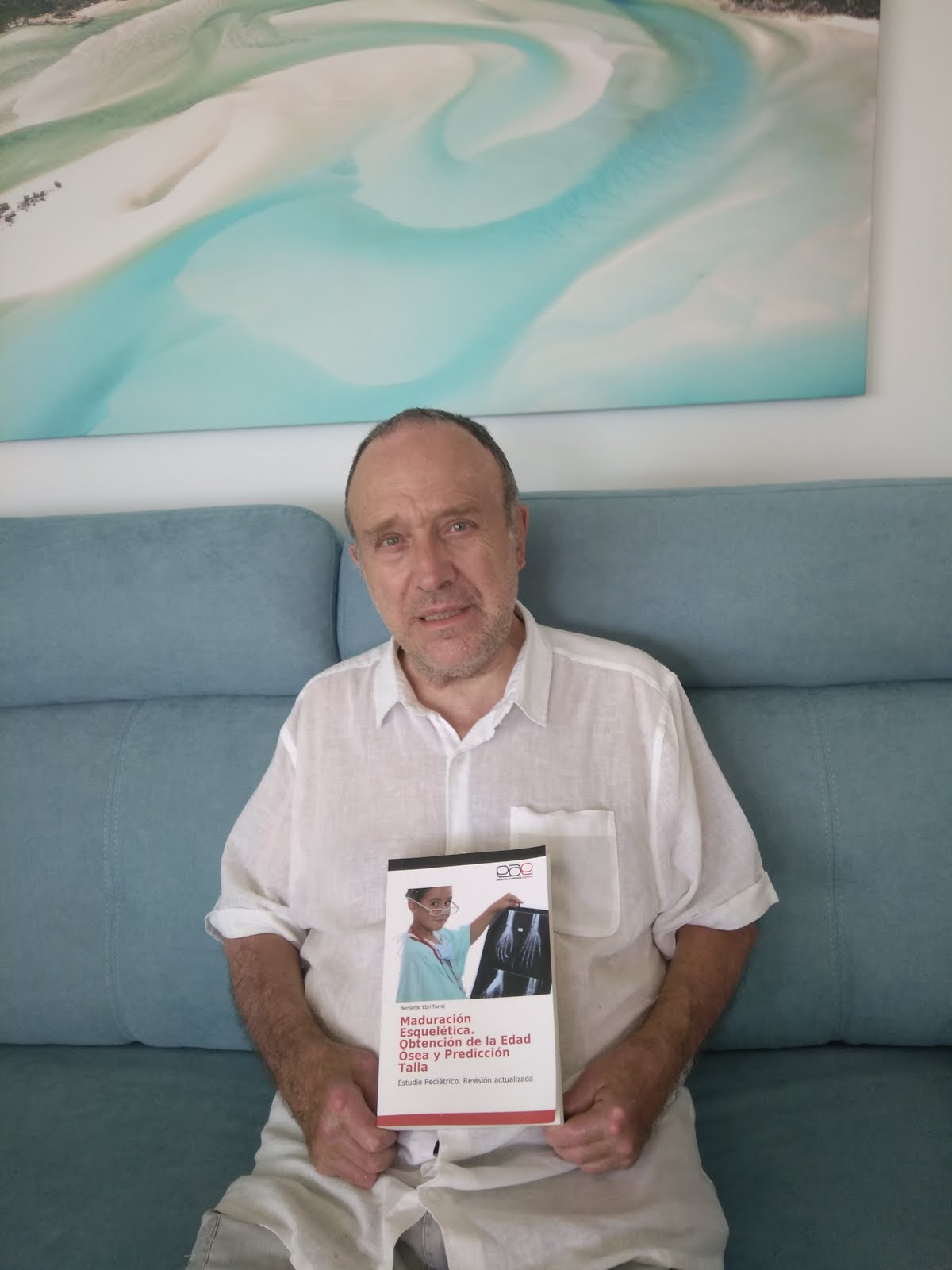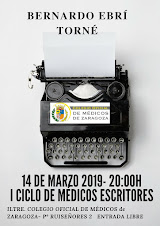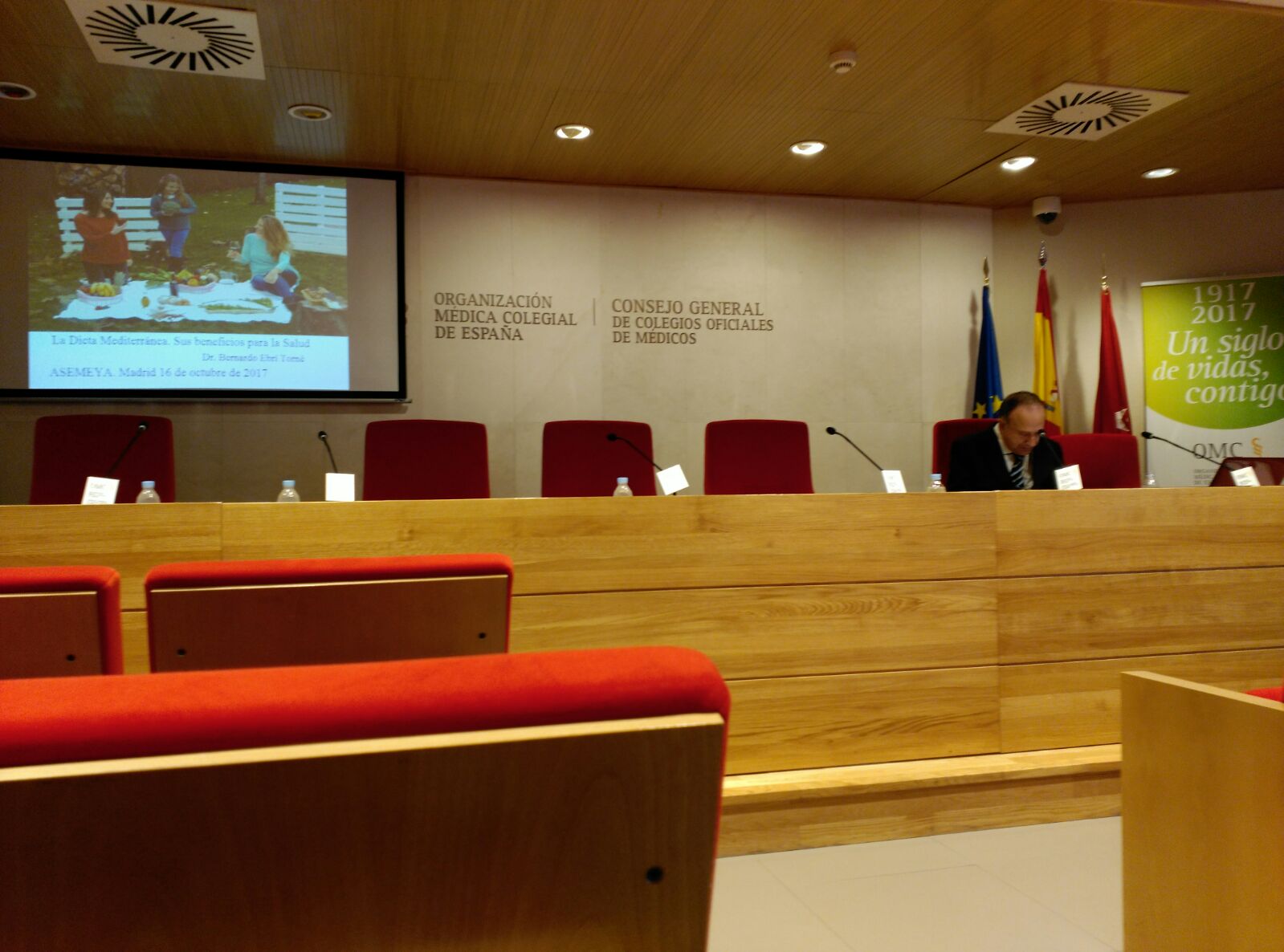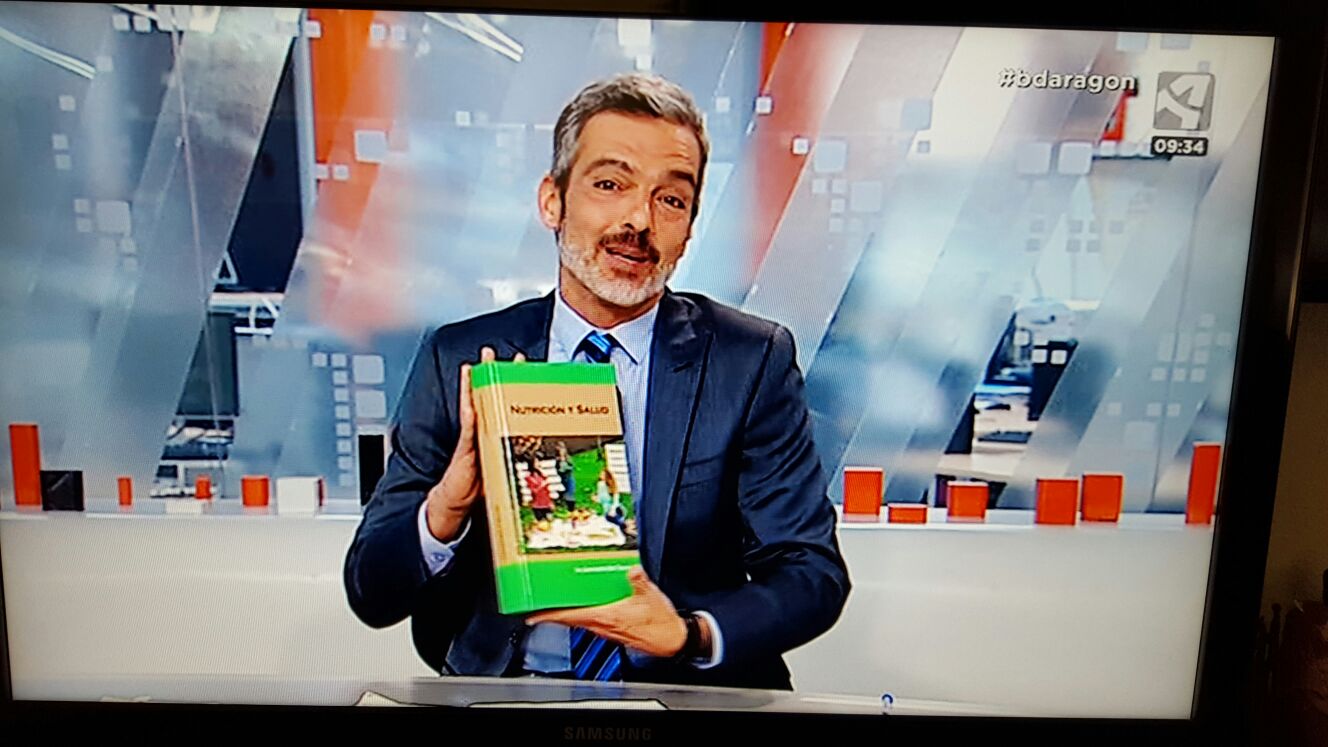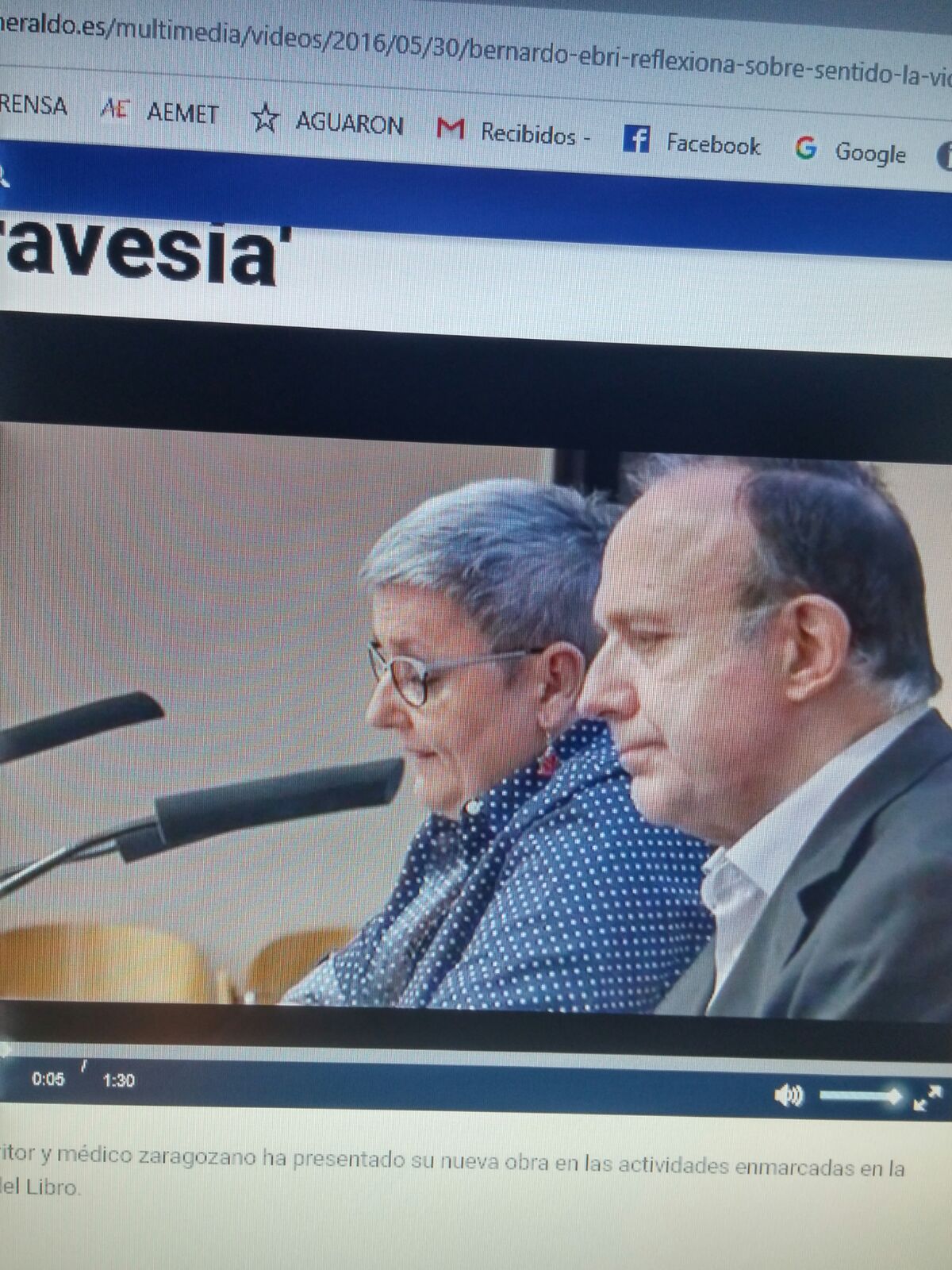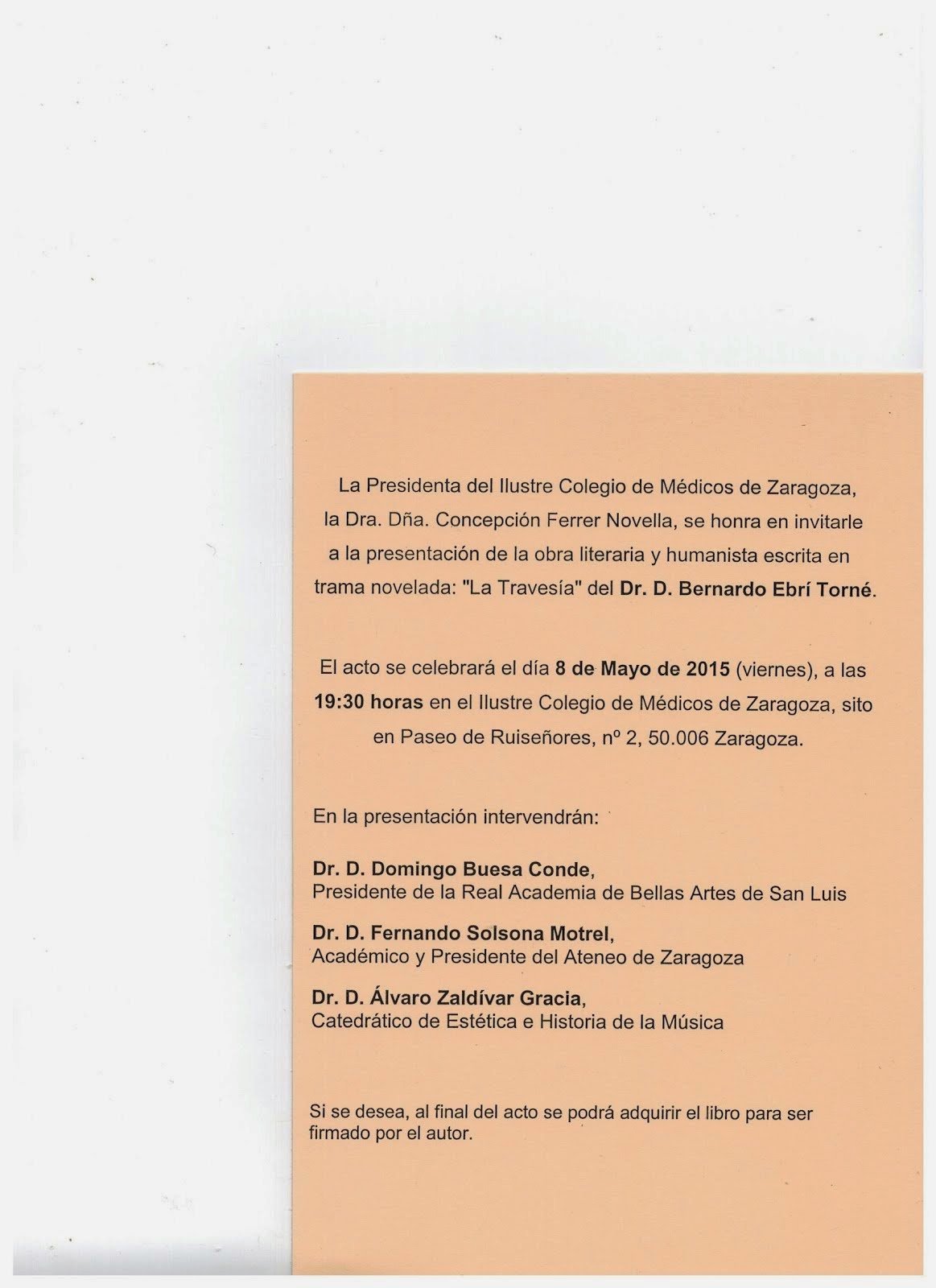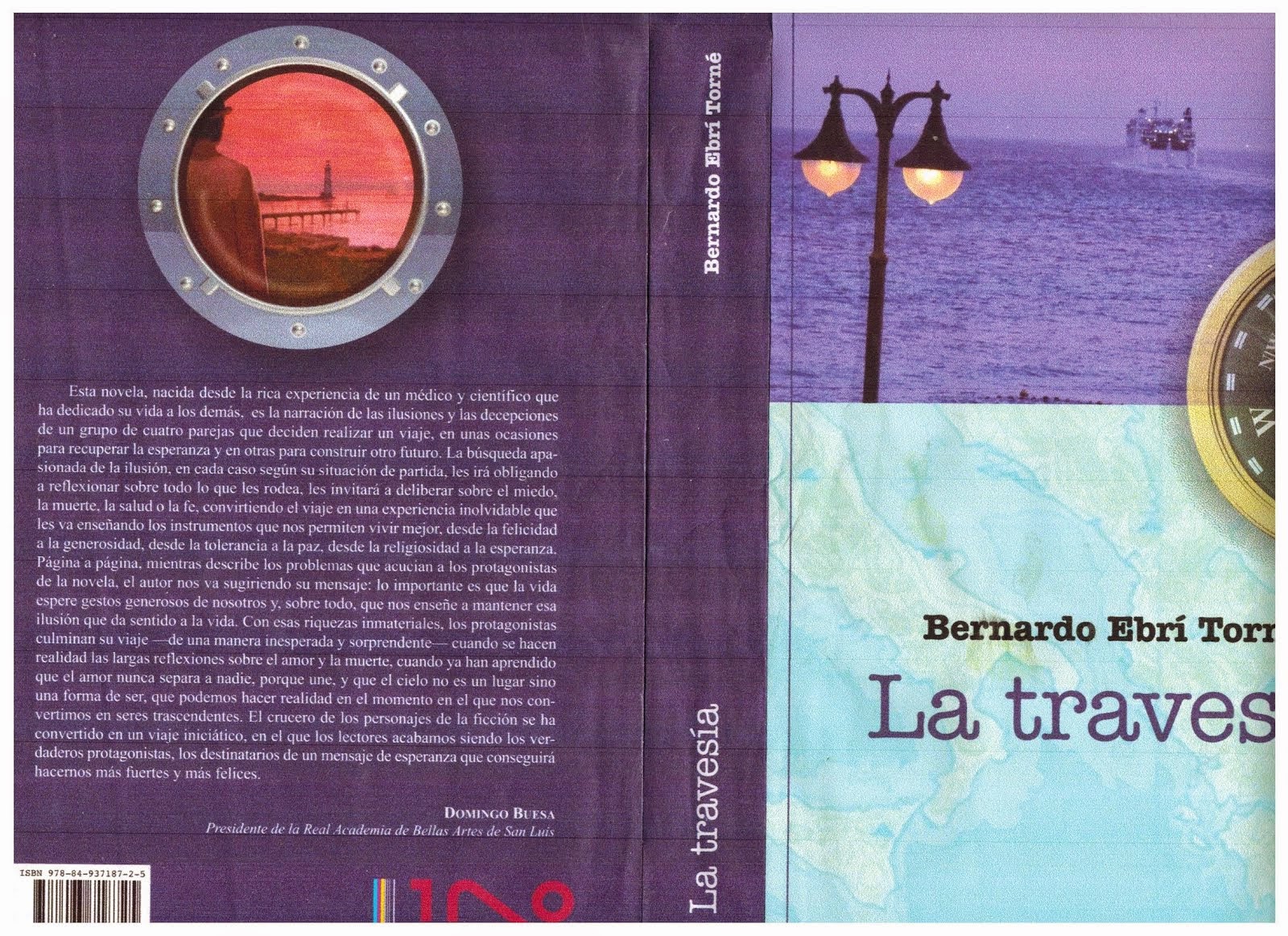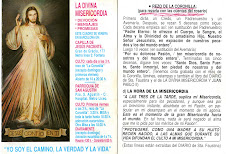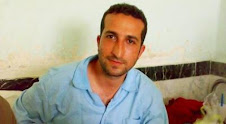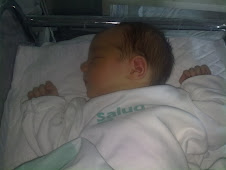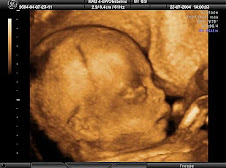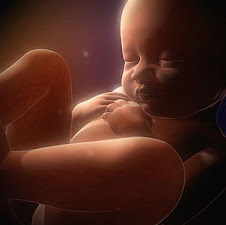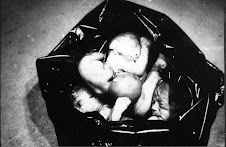Cuando la Democracia ocupa el nombre de Dios
Nos encontramos en una época donde se ha despenalizado la blasfemia, se ha relativizado toda normativa moral, donde cuando no interesa ver la realidad tal cual es se la disfraza con cambios semánticos, así a la Eutanasia se la llama: Occisión compasiva; al aborto: Terapeútico (no sé para quien lo es), y así podríamos seguir…
Antes y aun ocurre en países islamizados, cuando se quieren defender o justificar conductas execrables, se dice que se hace en nombre de Dios. Y así se justifican actos terroristas, homicidios y exterminios étnicos. Nosotros los occidentales, y gracias a Dios, hemos determinado que Dios no existe o que es políticamente incorrecto el nombrarle, y hemos encontrado un sustituto para ello, la palabra democracia. En su nombre, se defiende, se justifican los nacionalismos, hoy día de rabiosa actualidad en España; se justifica una ley de plazos para poder eliminar a seres inocentes a capricho de una mal llamada libertad democrática de la mujer, y por el contrario se tacha de antidemocráticos, de inmovilistas, de fachas y de retrógrados a los que no piensan de esta manera.
¿Qué nos ha pasado? ¿Por qué hemos llegado a esta situación?
Un somero análisis efectuado por muchos de nuestros antepasados de la situación actual, les parecería descabellada, de una pérdida de discriminación entre el bien y el mal, de un sentido común, que es el denominador común de un hombre y de una mujer bien nacidos.
Pero, ¿por qué hemos llegado a alcanzar una dosis tan grande de egoísmo y de insolidaridad que ha hecho ofuscar nuestras conciencias y creer como muy natural lo que no deja de ser una vuelta a la deshumanización insolidaria? No se me ocurre otra respuesta que la de un egoísmo individualista e insolidario, al servicio de poderes fácticos, y establecidos a nivel mundial que intentan dirigirnos y ocupar nuestras conciencias, en un plan proyectado con estrategia.
Maravillosa la palabra democracia. La utilizamos para todo, la herimos, la vilipendiamos y prostituimos, como antes hacíamos con Dios. Creemos que al nombrarla nuestros juicios y consideraciones se vuelven válidos y justificados, así como por arte de magia. Pobres de aquellos, que no piensan como una pretendida mayoría que se la atribuye para considerarse el monopolio de la verdad y el vanguardismo.
¿Dónde está el sentido común? ¿Dónde, el discernimiento ético basado en la solidaridad y en el derecho a la existencia de todo ser concebido? ¿Dónde se encuentra el derecho a ser en nuestra patria, por ejemplo, a la vez español y catalán, vasco, gallego, aragonés…..?
O una cosa u otra, dicen muchos pretendidos oligarcas que llenan sus bocas de espuma democrática, cuando con su postura insolidaria hacia el resto de los que no piensan como ellos, les privan del derecho de la unidad y de sentirse patrios.
Solo, aprovechándose de las ventajas democráticas, se ha podido conseguir para dictadores de turno, el planificar un plan preestablecido para manipulando la educación y revertiendo la historia común, sembrar el fuego de la discordia, el odio y la mentira. Se ha instaurado, el pretender justificar lo injustificable, poniendo en peligro la convivencia sana y fraternal entre comunidades. Y todo en nombre de la Democracia.
Si como hemos hecho con Dios, que muchos han expulsado de sus vidas y de la sociedad, ¿qué pasará cuando agotemos esta palabra mágica de la democracia? A fuerza de manipularla y de utilizarla para bastardos intereses localistas y sectarios, podrá llegarse un día que no sea ésta suficiente para albergarnos en ella, para ser garante de la solidaridad entre todos, y entonces ¿qué nos quedara?…la ley del más fuerte, y así a repetir la historia por no haber aprendido de ella, y así llegar a derramar otros sangres que no sean únicamente las de nuestros pobres fetos: incomprendidos, no admitidos en nuestra sociedad vanguardista y progre, donde se trata mejor la defensa de la vida de muchos animales que la de nuestros propios hijos.
Antes y aun ocurre en países islamizados, cuando se quieren defender o justificar conductas execrables, se dice que se hace en nombre de Dios. Y así se justifican actos terroristas, homicidios y exterminios étnicos. Nosotros los occidentales, y gracias a Dios, hemos determinado que Dios no existe o que es políticamente incorrecto el nombrarle, y hemos encontrado un sustituto para ello, la palabra democracia. En su nombre, se defiende, se justifican los nacionalismos, hoy día de rabiosa actualidad en España; se justifica una ley de plazos para poder eliminar a seres inocentes a capricho de una mal llamada libertad democrática de la mujer, y por el contrario se tacha de antidemocráticos, de inmovilistas, de fachas y de retrógrados a los que no piensan de esta manera.
¿Qué nos ha pasado? ¿Por qué hemos llegado a esta situación?
Un somero análisis efectuado por muchos de nuestros antepasados de la situación actual, les parecería descabellada, de una pérdida de discriminación entre el bien y el mal, de un sentido común, que es el denominador común de un hombre y de una mujer bien nacidos.
Pero, ¿por qué hemos llegado a alcanzar una dosis tan grande de egoísmo y de insolidaridad que ha hecho ofuscar nuestras conciencias y creer como muy natural lo que no deja de ser una vuelta a la deshumanización insolidaria? No se me ocurre otra respuesta que la de un egoísmo individualista e insolidario, al servicio de poderes fácticos, y establecidos a nivel mundial que intentan dirigirnos y ocupar nuestras conciencias, en un plan proyectado con estrategia.
Maravillosa la palabra democracia. La utilizamos para todo, la herimos, la vilipendiamos y prostituimos, como antes hacíamos con Dios. Creemos que al nombrarla nuestros juicios y consideraciones se vuelven válidos y justificados, así como por arte de magia. Pobres de aquellos, que no piensan como una pretendida mayoría que se la atribuye para considerarse el monopolio de la verdad y el vanguardismo.
¿Dónde está el sentido común? ¿Dónde, el discernimiento ético basado en la solidaridad y en el derecho a la existencia de todo ser concebido? ¿Dónde se encuentra el derecho a ser en nuestra patria, por ejemplo, a la vez español y catalán, vasco, gallego, aragonés…..?
O una cosa u otra, dicen muchos pretendidos oligarcas que llenan sus bocas de espuma democrática, cuando con su postura insolidaria hacia el resto de los que no piensan como ellos, les privan del derecho de la unidad y de sentirse patrios.
Solo, aprovechándose de las ventajas democráticas, se ha podido conseguir para dictadores de turno, el planificar un plan preestablecido para manipulando la educación y revertiendo la historia común, sembrar el fuego de la discordia, el odio y la mentira. Se ha instaurado, el pretender justificar lo injustificable, poniendo en peligro la convivencia sana y fraternal entre comunidades. Y todo en nombre de la Democracia.
Si como hemos hecho con Dios, que muchos han expulsado de sus vidas y de la sociedad, ¿qué pasará cuando agotemos esta palabra mágica de la democracia? A fuerza de manipularla y de utilizarla para bastardos intereses localistas y sectarios, podrá llegarse un día que no sea ésta suficiente para albergarnos en ella, para ser garante de la solidaridad entre todos, y entonces ¿qué nos quedara?…la ley del más fuerte, y así a repetir la historia por no haber aprendido de ella, y así llegar a derramar otros sangres que no sean únicamente las de nuestros pobres fetos: incomprendidos, no admitidos en nuestra sociedad vanguardista y progre, donde se trata mejor la defensa de la vida de muchos animales que la de nuestros propios hijos.

